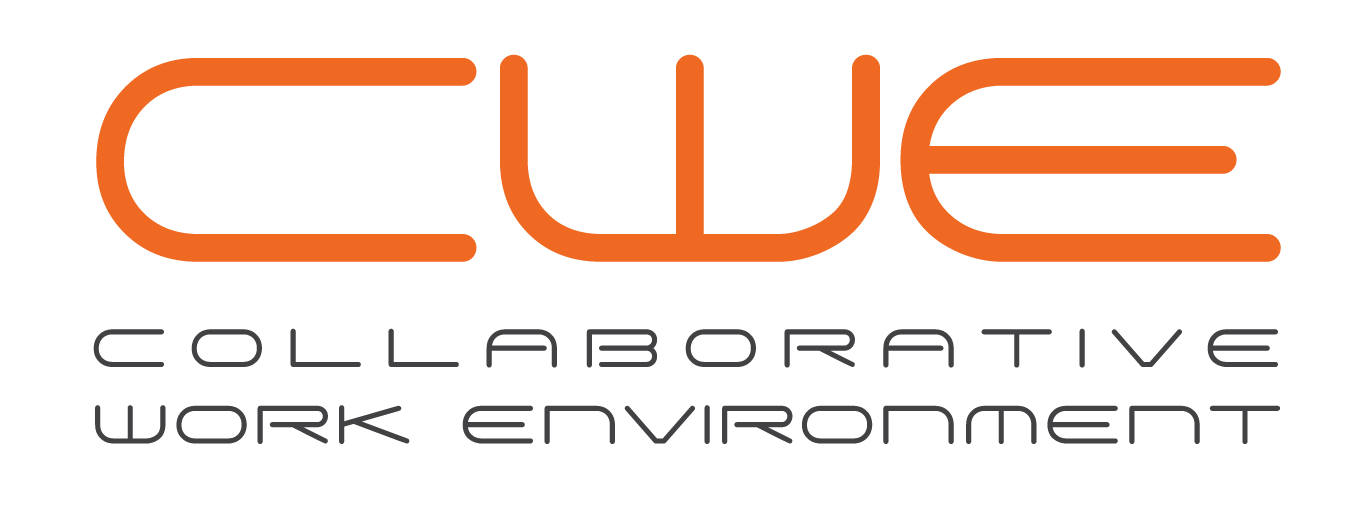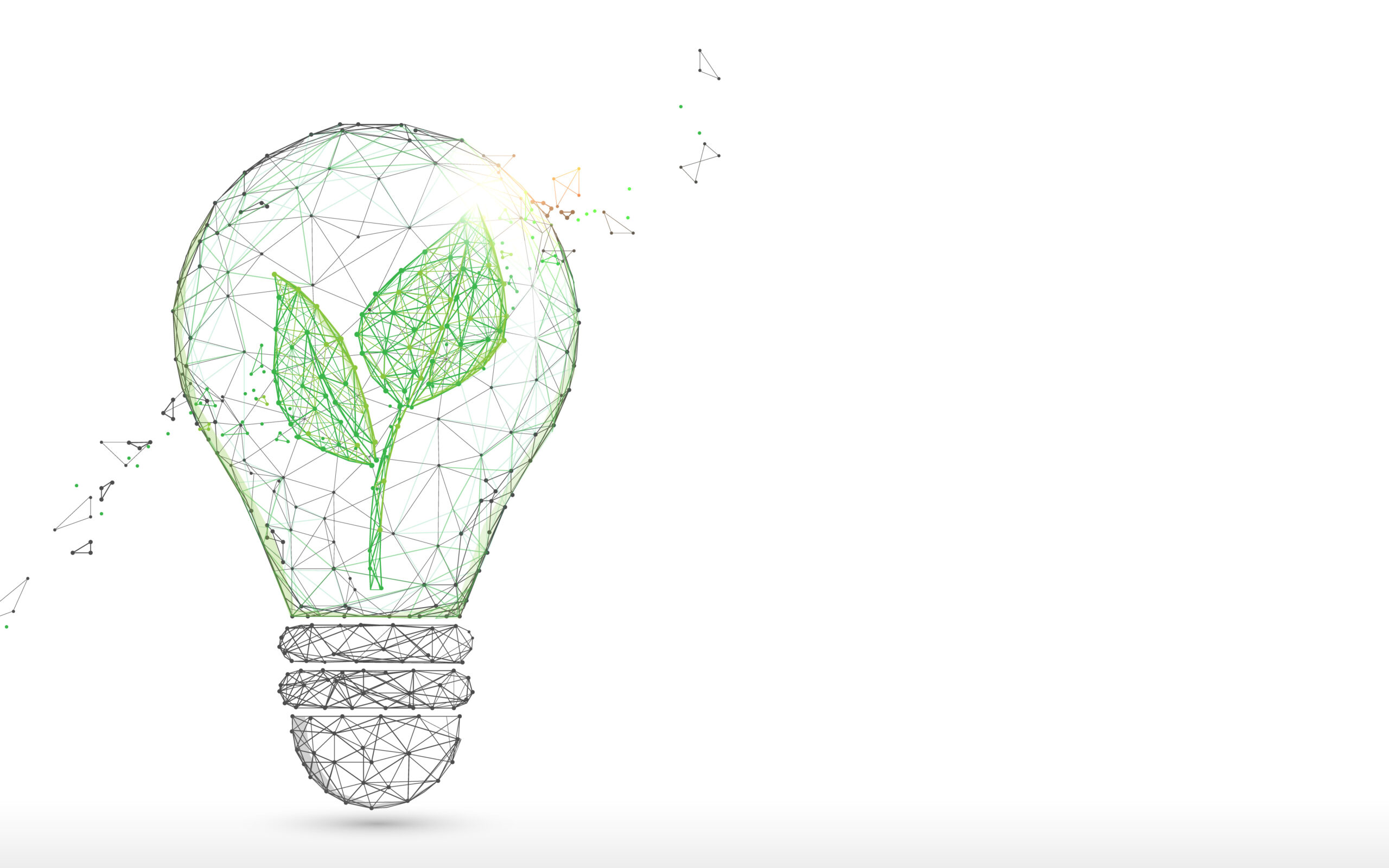Utility data refers to the information collected about the consumption of utilities such as electricity, gas, and water. This data can be incredibly useful for managing energy usage and promoting sustainability within a facility or organization.
One of the key benefits of historical utility data is that it enables us to track trends and patterns in energy consumption. By analyzing this data companies can identify trends and patterns in their energy usage, which can inform decision-making and help identify areas where energy efficiency improvements can be made. For example, if we notice that a particular piece of equipment is consistently using more energy than it should, we can investigate and make changes to improve its efficiency. Historical data can be used to identify times of peak energy usage and implement strategies to reduce demand during these times.
In addition to identifying waste, historical utility data can also help us plan for future energy needs. By looking at past consumption levels, we can make more accurate predictions about how much energy we will need in the future and take steps to ensure that we have sufficient resources to meet these demands. This can help us avoid overconsumption and reduce our environmental impact.
Another way that historical utility data can support sustainability efforts is by enabling us to set targets for reducing energy use. This data can be used to track the impact of energy efficiency initiatives, allowing companies to understand the effectiveness of their efforts and adjust as needed. By comparing current consumption levels to those from previous years, we can determine how much we need to reduce our energy use in order to meet our sustainability goals. This can provide a valuable roadmap for implementing energy-saving initiatives and measuring our progress over time.
Overall, historical utility data plays a critical role in enabling a better energy management and sustainability program. By regularly collecting and analyzing this data, we can gain valuable insights that can help us make more informed decisions, optimize our operations, and reduce our environmental impact.



Comments are closed